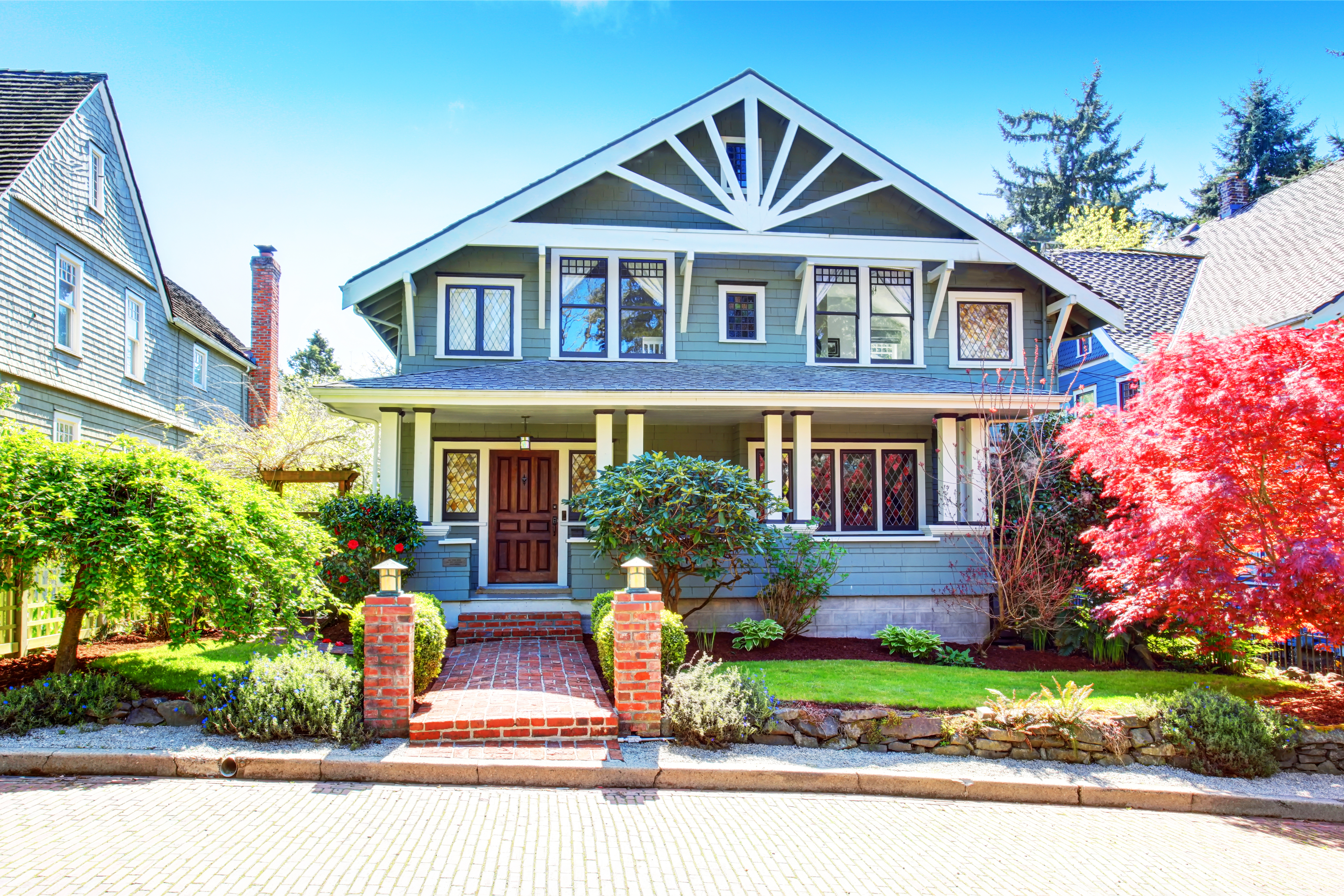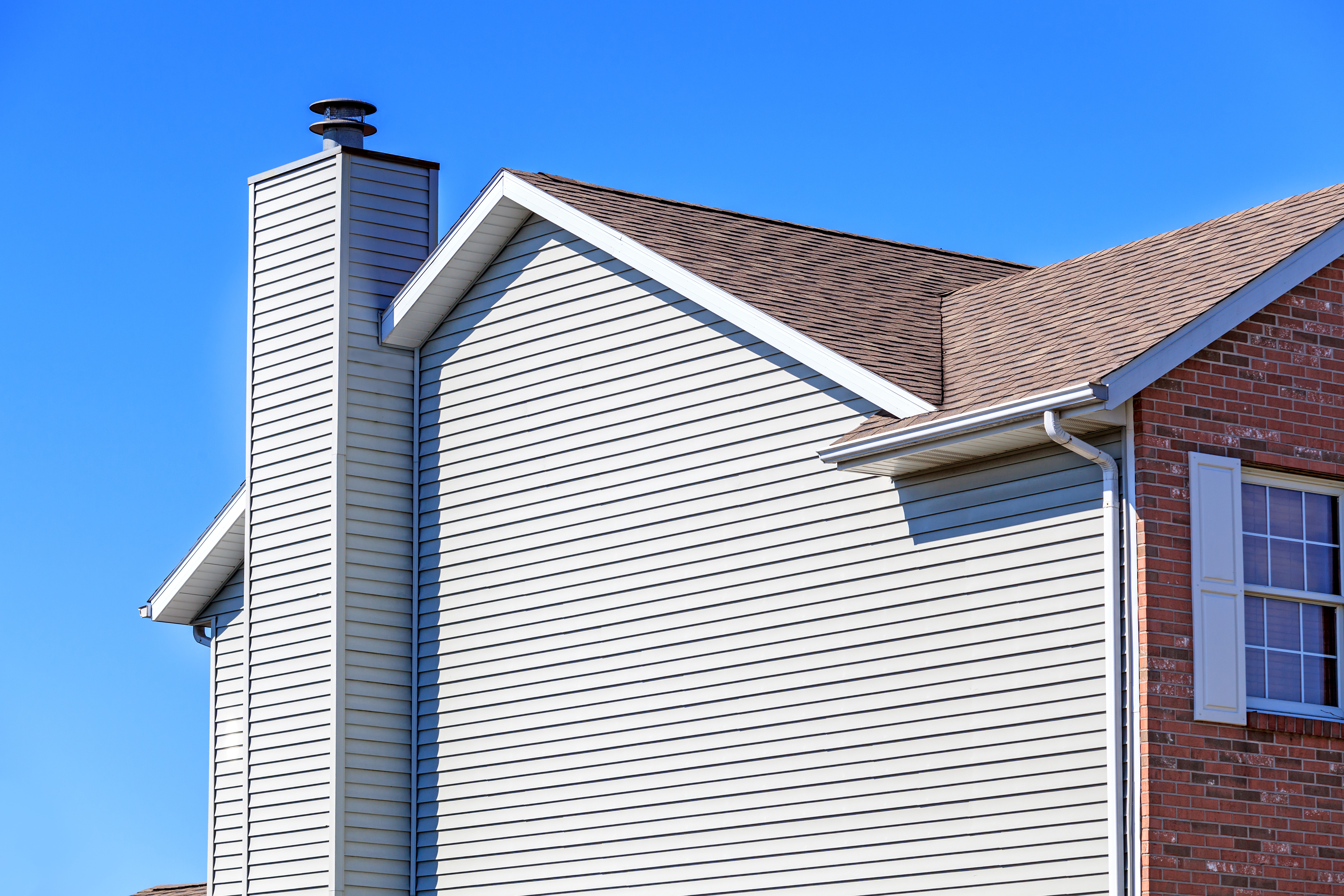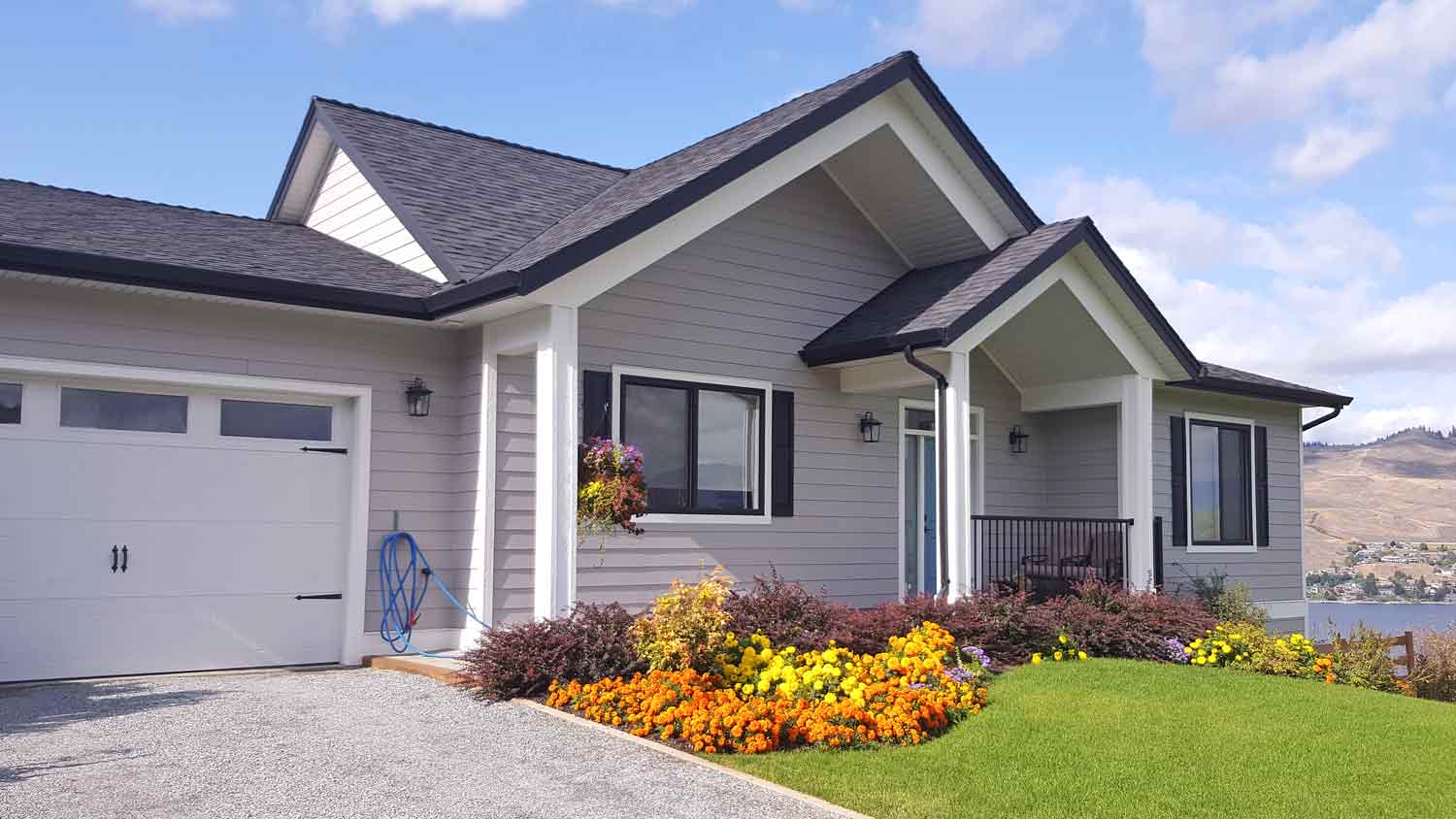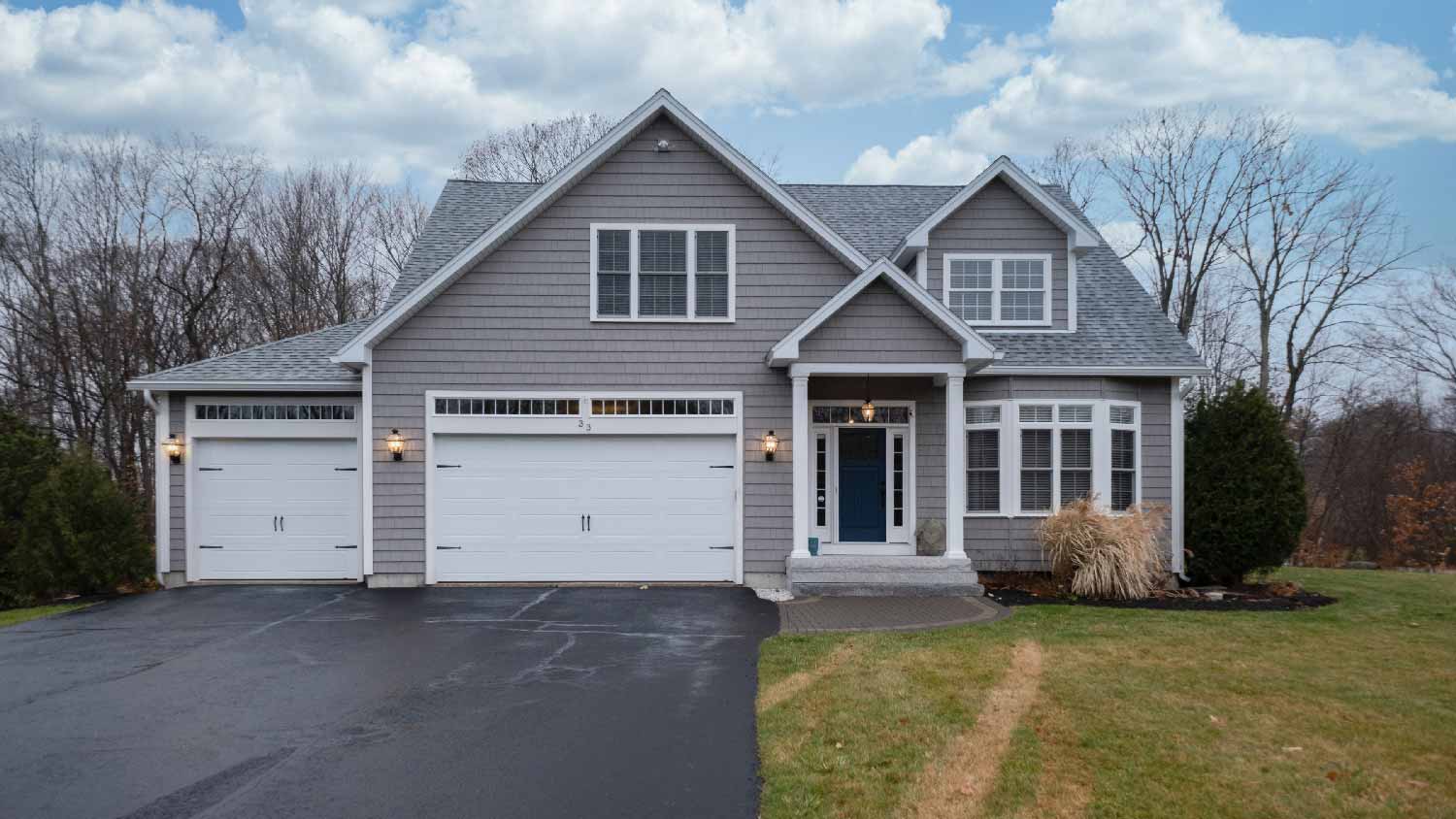
The cost of siding repair varies depending on material, design, and damage. This helpful guide covers the siding repair costs to expect in Columbus, Ohio.
Don’t be in the dark when it comes to bark


Bark siding, made from the bark of poplar, cedar, or pine trees, is a rustic siding choice.
Because bark is wood-based, it requires staining or sealing to prevent moisture from decaying it.
Pests are drawn to bark siding as well—you’ll need to be on the lookout for termites and woodpeckers.
Bark siding is a popular choice for homeowners seeking a rustic and natural aesthetic for their homes. While this unique and eco-friendly siding option can enhance your home’s charm and curb appeal, it is not without its challenges. From issues related to maintenance to considerations for different climates, understanding the challenges related to bark siding is critical before beginning any siding installation project.
Contact a pro to diagnose any potential damage to your home's siding, as they may be able to identify damage that is difficult to spot.
Bark siding is an organic option for a home’s siding, manufactured from the bark of trees. Typically made from poplar, pine, or cedar trees, bark siding dates back to at least the 17th century. Many homeowners love the natural look of having tree bark as the material for their siding—its organic look fits in with a range of styles.
Many people bill this type of siding as ecologically-friendly, but it’s imperative that you learn the source of your siding—it’s not a win for the environment if a bunch of trees were cut down to make your siding. If this is important to you, always ask:
Was the bark from a recycled source?
Where is the bark harvested?
Is this bark siding fully biodegradable?
Bark that has been sourced nearby means there was less gas spent to transport it to you, and if it comes from a recycled source, you’ll know that trees weren’t cut down in the interest of your siding.

Bark siding is an unusual, striking choice for your home, but it might not be the best option for certain climates or for homeowners who don’t wish to put in the maintenance work required to keep it functioning as it should. Read on to learn the most common bark siding problems.
Under extreme temperature swings and heavy moisture, the bark can warp and leave gaps in your siding. The gaps might then allow moisture to get underneath, which can lead to mold and mildew problems. Spaces in your siding also give room for pests to burrow and build nests. You’ll need to stain or seal your bark siding every two to three years to give it some protection.
Bark, like any kind of wood, is a magnet for termites and other critters—including pesky woodpeckers. Pests can damage your siding and your home’s structure; some can even carry diseases. Make sure to have a local pest control company inspect your home once per year to keep these unwelcome guests at bay.
Bark siding does well in temperate weather, but extreme heat or heavy rain can damage the wood to the point where the planks need to be replaced. Not all woods are created equal, however—it’s worth talking to a nearby siding installation professional who can discuss the wood siding types and options with you.
Because wood is prone to absorbing moisture, it can become a breeding ground for fungal organisms, which eventually break down the bark and cause it to rot. Regularly inspect your bark siding for signs of decay: discoloration, weak wood, or crumbling pieces. If you notice any of these issues, call a siding repair company near you.
The natural fading that happens to wood over time after it has been exposed to rain and sun might appeal to some homeowners who wish for an earthier look to their siding, but others may find the inconsistency frustrating. If you want your siding to look continuously uniform, you’ll need to commit to restaining regularly.
From average costs to expert advice, get all the answers you need to get your job done.

The cost of siding repair varies depending on material, design, and damage. This helpful guide covers the siding repair costs to expect in Columbus, Ohio.

In addition to protecting against extreme Midwest temperatures, new siding in Columbus adds curb appeal. Learn about siding replacement cost in Columbus.

New vinyl siding adds value and curb appeal to homes in Columbus, Ohio. Learn about average vinyl siding installation costs in Columbus, Ohio.

Lap siding is a common siding style available in various materials. Learn what lap siding is, its pros and cons, and how much it costs.

Damaged siding doesn’t always mean you need a full replacement. Learn when you can do a partial siding replacement and some problems that may arise.

Need new siding but want a unique appearance and boosted home value? Use this guide on mixing siding types to nail that aesthetic and curb appeal.